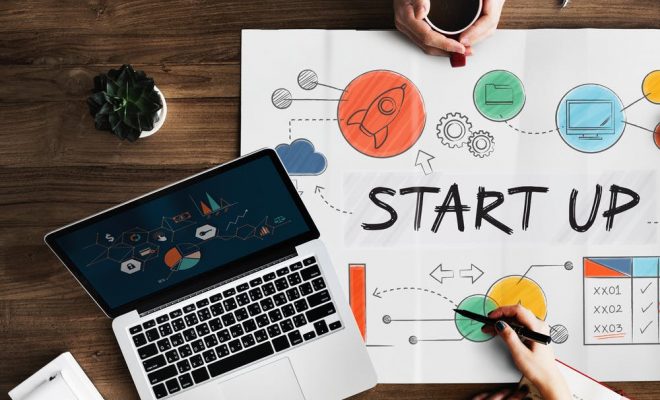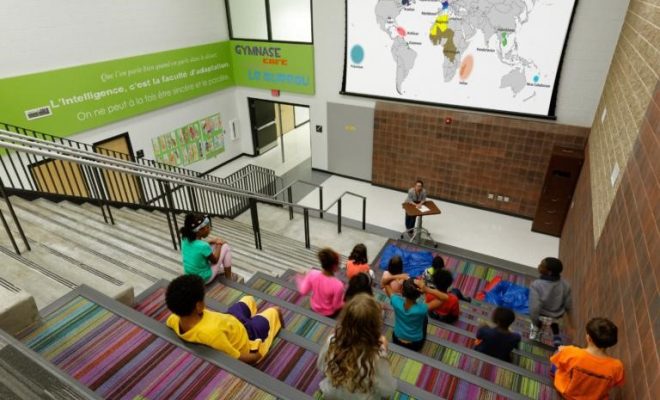Why Learning Analytics Are Critical to Edtech Adoption

If you’re not already using learning analytics to assess your edtech product efficacy, now’s the time to get started.
Learning analytics are more than simple data.
They are a compendium of vast information gathered from multiple sources many times throughout the course of learning. Educators rely on these data points to better understand the effectiveness of instruction, and so should you.
Learning analytics show educators how to increase student achievement.
Data in the classroom
Schools routinely gather a tremendous amount of data on their students. By using formative assessment tools, teachers can determine instructional effectiveness from lesson to lesson. Within minutes of collecting completed students’ tests, teachers can generate a clear picture of student performance. They can see questions were missed, which answer was chosen most often, and how the responses indicate competency or misunderstanding.
Temper this data collection with demographics like socioeconomic status, gender, and participation in school programs, and the learning analytics paint a detailed picture of student, class, grade level, school, and teacher performance.
What teachers need most
Every teacher has one goal in mind for the school year: student success. To help their students achieve that academic success, teachers must determine what students know and don’t know. They meet their students at the last place of mastery in the curriculum and then provide focused instruction.
In some classrooms, that can mean as many as thirty different starting points. Additionally, every child works at an individualized pace. There is little likelihood that any two students are ever at the place at the same time. This makes the teacher’s work harder.
Teachers need edtech solutions that can help them support their students. These solutions must also provide learning analytics that assist in determining the next course of action for instruction.
How your edtech product can help
Learning analytics assist teachers in mapping curriculum and making customized instructional decisions. The best teachers focus not only on details but also take the big picture into consideration.
In addition to collecting data about how students answer questions, some of the metrics you might measure include:
· Student attitude
· Overall health
· Location (formal classroom, outdoors, flexible seating)
· Classroom size
· Available role models
· Time spent in the program (reading, clicking, etc.)
· Time of day
· Student engagement in lessons
And finally, talk to teachers about the kind of data they want to see when it comes to making instructional decisions.
In summary
In the past, teachers assigned letter grades for every learner, and that was a good enough indicator of academic success.
Today student achievement is no longer determined that way. Teachers must know what has contributed to or detracted from that success. They explore a variety of variables. Technology enables them to gather multiple data points and look for correlations. Learning analytics provide the whole picture of what’s going on with each child in the classroom.
Modern teaching requires learning analytics. Edtech companies that want to become or remain in adoption will have to provide a wide compendium of analytics for educators.






